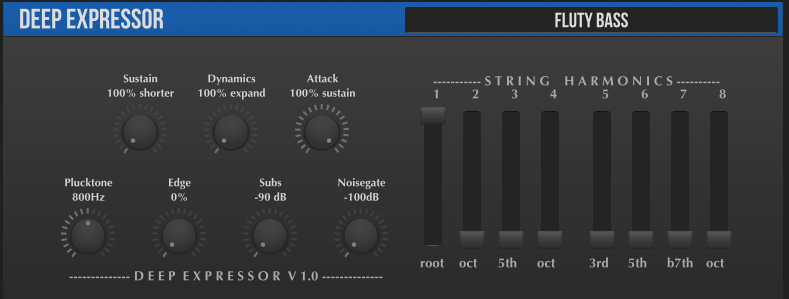I'm looking at using a modular synth to convert a single note guitar melody into basic sine waves at pitch.
I don't care about chords so that should simplify things quite a bit.
Problem is, I don't know what steps to use to simplify the signal. I've looked at EHX and other manufacturer's "synth" guitar pedals but they don't have the sound I'm looking for.
What do I need to patch and tweak on the synth to get what I need?
The modular synth I'm using is the Empress Zoia pedal.
EDIT: I switched to a BOSS SY-300 pedal. That gives me a guitar to sine wave conversion out of the box.

